Mivan Shuttering: Mayan Technology
Important Point
Mivan shuttering is a fast-paced construction technique that offers strength and durability to a building through the use of aluminum formwork.
With a growing focus on affordable housing and “Housing for All“, real estate stakeholders are increasingly emphasizing the use of new and innovative construction techniques.
One of these technologies is Mivan Construction, which is being promoted for its ability to assist mass construction activities.
So, what exactly is Mivan Technology? Historically, Mivan Technology, or the aluminum formwork system, was developed by a European company.
Later, in 1990, Mivan Company Ltd started to manufacture these shapes, giving the name ‘Mivan Technology’.
In technical terms, a large number of houses can be built at a much faster speed using Mivan shuttering, as this formwork construction system runs the structural system in a continuous pour.
When the formwork is removed, a high-quality concrete finish is modeled with precise verticalities and tolerances, which invalidates the need for additional plastering.
Also read, What Is Admixture | Types of Admixtures
This Construction Technique Involves – 3 Unique Steps:
1. Installation of Wall Reinforcing Steel
It is used to provide structure to the building and prop the concrete until they obtain 50% of the essential strength.
The aluminum formwork is molded around the steel mesh manufactured at the factory, which is assembled directly on the construction site.
2. Placing Aluminum Formwork –
Reinforcing steel, prefabricated slabs and room-sized walls are mounted along the wall. Aluminum alloy slabs are very easy to handle and are also manufactured with great precision.
They are also pre-integrated with spaces for windows, doors, and ducts, in addition to other features such as flames, stairs and facade panels.
The pin and wedge system is used to join these forms, which can be dismantled quickly when the concrete structure is ready.
3. Concrete Pouring –
After the forms are molded, high-quality concrete is poured, which assumes the shape and shape of the mold.
The mold is subsequently removed to make way for a hard concrete structure proposed by wall reinforcing steel.
These aluminum forms can be reused almost 250 times, which means minimal waste at the construction
MIVAN is perhaps one of the most useful modern construction technologies introduced in Indian markets. This technology was designed to allow the rapid construction of multiple-unit designs and to increase efficiency.
Also, read: Grillage Foundation | Types of Grillage Foundation | Features of Grillage Foundation
Merits of Mivan Technology
The scarcity of construction labor and assembly costs forced developers to experiment with new technologies.
Considering the Mivan, this technology is very suitable for skyscrapers with typical floors, saving time and money, compared to conventional column beam construction methods.
However, along with the advantages, this technology also gets some negatives; let’s take a look at Mivan’s merits and demerits.
- Speed – reduces the total rotation time by almost half when compared to conventional construction techniques.
- Requires less work – With a defined procedure and checklists to follow, this technology minimizes the need for skilled labor and also eliminates activities such as masonry and rendering activities that require a lot of work.
- Seismic and Durable Resistance – Buildings are more resistant to seismic and more
- Less maintenance – Mainly without construction joints and with free-flowing concrete used, this technology reduces the chances of infiltration, which results in negligible
- Smooth Finish – The construction of the Mivan ensures uniformity, therefore, all walls and slabs have a smooth finish, which means that no additional plastering is required.
- Larger carpet area – offers the possibility of removing more carpet area compared to traditional construction techniques.
- Earthquake resistant – more earthquake resistant and safer in the event of a strong This is because the structures built using the Mivan are monolithic concrete structures that act as a single strong unit.
Also, read: What Is Formwork Failure | Causes of Formwork Failure
Mivan Technology Demerits
Expensive – aluminum shapes are very expensive than conventional shapes.
Visible finishing lines – Due to the small size components, the finished structure can have several finishing lines visible on the concrete surfaces.
Less scope for changes – Changes or modifications are not possible as all members are posted to the RCC.
Requires uniform planning – This technology is comparatively expensive, so uniform economic planning and upgrades are required.
It may have contraction cracks – Shrinkage can result in cracks in the walls and slabs. This can be avoided by reducing heat hydration using fly ash or control strips on the structure.
Also, read: What Is Honeycomb In Concrete | Cause | Cure | Type of Grouting
Mivan Formwork
Mivan formwork is the advanced formwork system made of robust and resistant aluminum components, with great resistance, durability, ease of installation, adaptation and is used in the construction of residential units and mass housing projects.
Mivan Formwork Components
The components of the Mivan formwork are divided into 4 types, based on the location of use
1. Wall Components
Wall panel: The basic and main component of Mivan formwork is the wall panels. It forms the face of the wall made of aluminum foil properly cut to fit the exact size of the wall.
Rocker: The Rocker is an L-shaped panel with placement holes for the tip pin to support the wall panels.
Kicker: It acts as an edge to prop the wall panels, forming a wall face at the top of the panel.
Stub pin: It is the joining component of all other components of the wall.
2. Beam Components
Side beam panel: It is a rectangular structure cut to the required beam size that forms the sides of the beams.
Prop Head and panel for soffit In the beams, where there is no prop from the bottom, prop heads are used to prop the beam. It has a V-shaped head to facilitate the displacement of the formwork.
The soffit beam panel is a rectangular aluminum structure placed on the prop head to support the soffit beams.
3. Platform Components
Deck Panels: A flat horizontal surface on which the slab is launched.
Deck prop and prop length: The deck prop is the same as the beam prop, here it is used to support the slab and prop the load that comes on the deck panel.
The lengths of the prop are the vertical props to the deck props, which are adjustable according to the height of the slab.
Soffit length: The length of the soffit provides prop for the edge of the deck panels at the perimeter of the room.
4. Other Components
The other components used, excluding the wall, beam and deck components, are inner and outer corners of the soffit, outer and inner corners of the wall panels.
Also, read: Quality Testing of Sand for Concrete | Quality Testing of Sand for Construction | Type of Sand Test
Mivan Formwork Assembly Process
1. Placing Aluminum Formwork
Mivan formwork is mainly used in places where all structures are made of concrete. The entire formwork is cleaned and coated with approved design agents.
The wall reinforcing steel is placed with the slab. Along with the wall reinforcing steel, prefabricated wall panels the size of rooms and slab panels are assembled.
Plumb, level, and dimensions are checked. Aluminum alloy slabs are precisely made to the required sizes.
Spaces for windows, ducts, doors and other resources, such as stairs, facade panels, and flares are also integrated into these structures.
The forms are then joined using the pin and wedge system, which can be dismantled quickly after the concrete structure is built.
2. Pouring concrete
After molding the forms, high-quality concrete is poured. This concrete takes the form and shape of the mold.
At least two agents must be on standby during pouring to check pins, wedges, and clamps as the leak is in progress.
Special attention to be paid when pouring concrete to dislodge pins/wedges, slipping of props or overflowing concrete in the openings.
3. Formwork Strike
Normally, all forms can be achieved after 12 hours of pouring. First, the wall mold is dropped, followed by the deck mold.
The removed formwork is cleaned with scrapers and wire brushes as soon as they are Once cleaned, it is transported and stacked properly for the next use.
Mivan Formwork Features
The main features of the Mivan formwork are presented below.
- Load Capacity: The load capacity of the Mivan formwork is 7-8 tonnes per square meter. The Mivan formwork is light and weighs about 18 to 20 kg per square meter.
- Hit Time: The impressive vertical formwork time (wall) is 12 hours after pouring or when the concrete strength reaches 2N / mm2 and the horizontal formwork (deck) is 36 hours after pouring or when the concrete strength reaches 10N / mm2.
- Durability: As the Mivan formwork panels are made of structural quality aluminum alloy, they are very durable and resistant. A single component can be repeated about 200 times.
- Cycle time: High construction speed can be achieved by this system, which means faster completion of the project. Approximately, the time required to lay the floor in 7 days using Mivan.
What Is Mivan Construction?
Mivan is a quality aluminium structure developed by a European construction company known as Mivan Company Ltd. In 1990, the company from Malaysia began manufacturing these formwork systems. This innovative form of work is actually suitable for constructing houses in large quantities at a faster speed.
Mivan Construction
Mivan technology construction is economical when it is a large construction. In Mivan technology, the use of bricks is totally eliminated and all the components- beams, walls, slabs, staircases, etc., is made of concrete.
What Is Mivan Technology in Construction?
Mivan shuttering is a fast-paced construction technique which offers strength and durability to a building by use of aluminium formworks. It is much quicker than the traditional beam, column, and brick construction.
Mivan Shuttering Components
Mivan Shuttering: Components and parts
Wall components: This includes a wall panel, stub pin, rocker and kickers. Beam components: This has beam side panel, prop head and panel for Soffit beam. Deck components: This has deck panels, deck prop, prop length, Soffit length.
Mivan Shuttering Details
Mivan shuttering technology is a construction technique which is fast-paced, is more strong and durable as aluminium formworks are used in the building.
Myone Shuttering
Myone Shuttering is a brand of construction materials that specializes in manufacturing high-quality shuttering materials for construction projects. Shuttering refers to the temporary support structure used in concrete construction to mold and shape concrete into the desired form until it can set and support itself.
Mivan Components
Components of Mivan Formwork
- Wall Components. A. Wall Panel.
- Beam Components. A. Beam Side Panel.
- Deck Components. A. Deck Panels.
- Other Components. Ad. The other components used excluding wall, beam and deck components are internal and external soffit corners, exterior and interior corners for wall panels.
Mivan Aluminium Formwork
Mivan formwork is the advanced formwork system made of strong and sturdy aluminum components that has great strength, durability, simple to install, adaptable and is used in the construction of residential units and mass housing projects.
First Slab Time Duration Using Mivan
The duration of the first slab using Mivan formwork system can vary depending on the size and complexity of the project, as well as the experience and skill level of the construction team. However, on average, the first slab using Mivan formwork system can be completed in approximately 7-10 days.
Mivan Wall
Mivan formwork system is primarily used for constructing reinforced concrete slabs, but it can also be used for constructing walls. Mivan formwork system for walls is an efficient and cost-effective way of constructing high-quality walls in a short span of time.
Mivan Wall Panel Size
Aluminium Formwork Standard Panels, Size: 2400×600 mm, Dimension: 2400*600. M-FORM INDIA Is One Of The Leading Manufacturer, Supplier & Consultant of Aluminium Formwork System, MIVAN Shuttering, Formwork, Column Formwork, Slab Formwork System, Aluminium Monolithic System, Share Wall System Across Pan INDIA.
Rocker in Mivan Shuttering
The term “rocker” in Mivan shuttering refers to a mechanism used to provide flexibility in the system during the casting of the concrete. The rocker is a small joint or gap that is intentionally left between two adjoining Mivan formwork panels at the time of installation.
Mivan Shuttering Is Code
What is IS code for Mivan Shuttering? A. The detailing requirement is as per IS 456:2000 code.
Like this post? Share it with your friends!
Suggested Read-
- What Is Honeycomb In Concrete | Cause | Cure | Type of Grouting.
- Difference Between One Way Slab and Two Way Slab | What is Slab
- What Is Cover in Concrete | Clear Cover in Beams, Slab, Column, Footing
- What Is Granolithic Floors | Construction Method | Advantages аnd Disadvantage
- Detail of Beam Connection | Simple Framing Connection | Semi-Rigid Framing Connection | Rigid Frame Connection
Originally posted 2023-04-21 16:03:35.
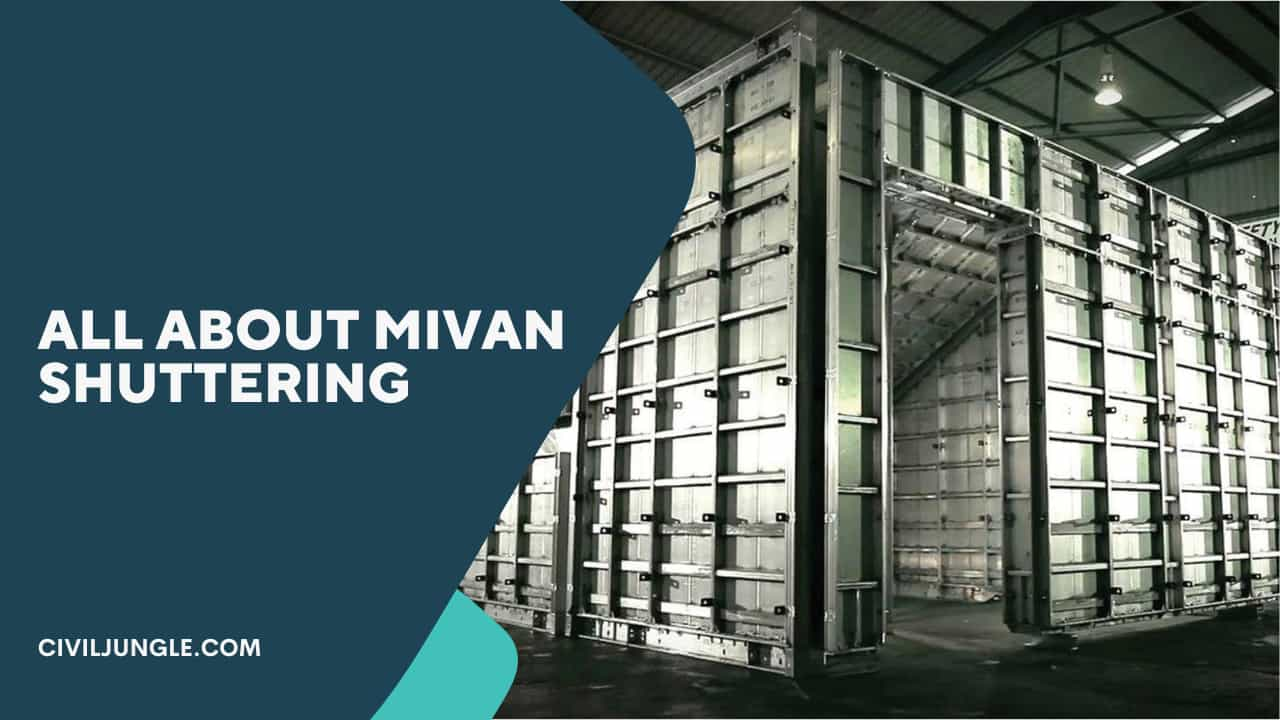
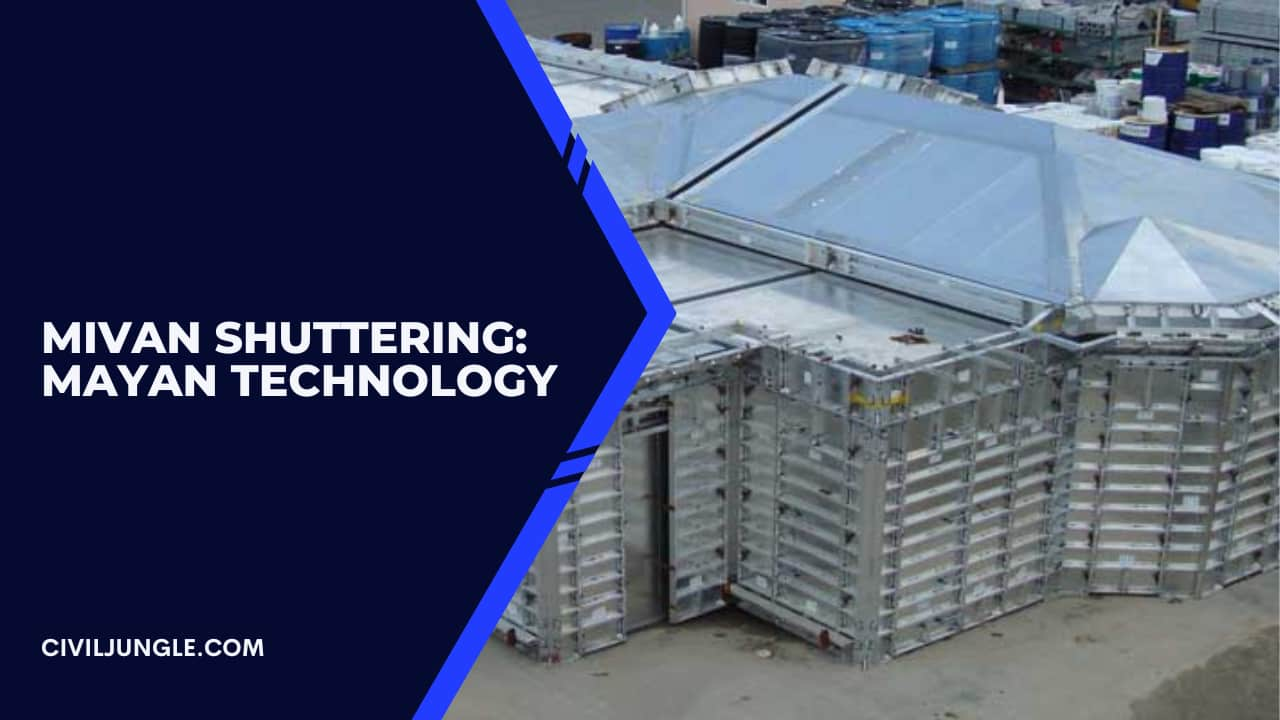
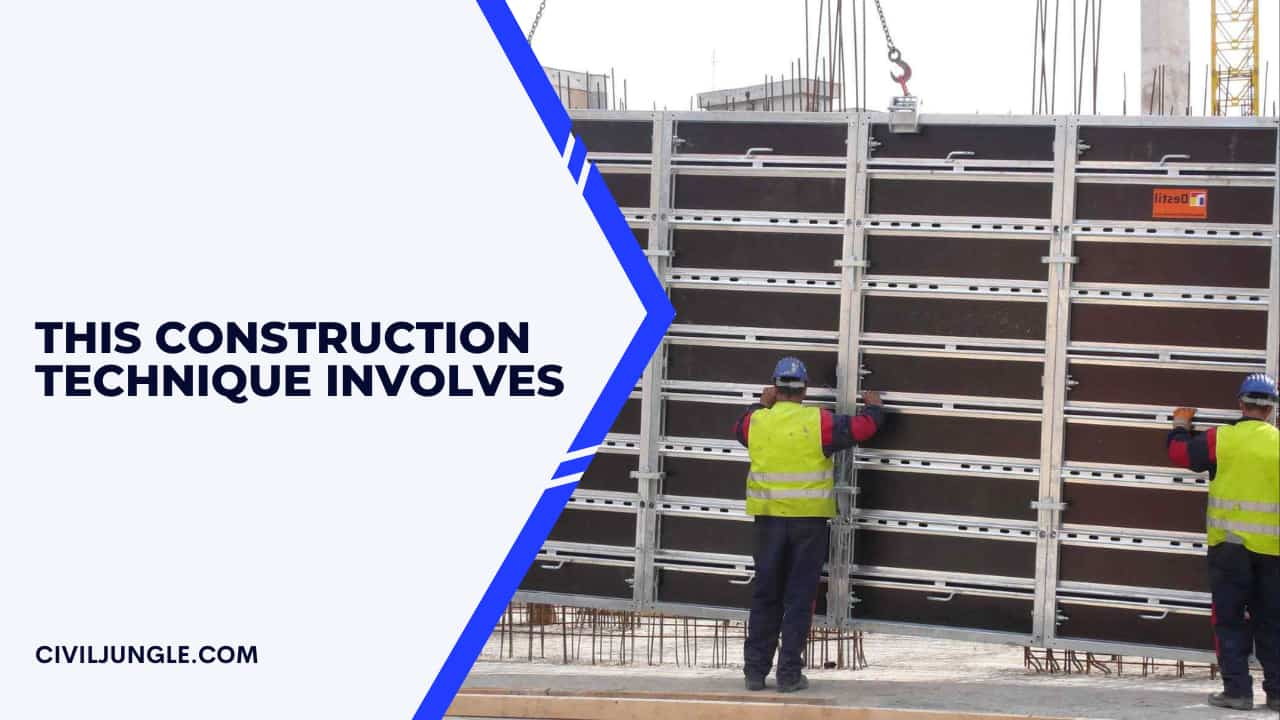

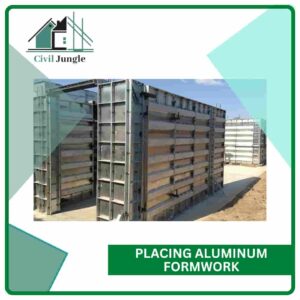
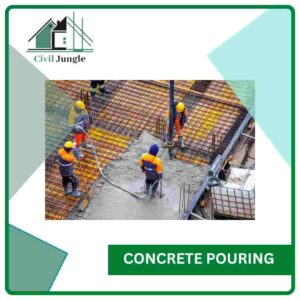
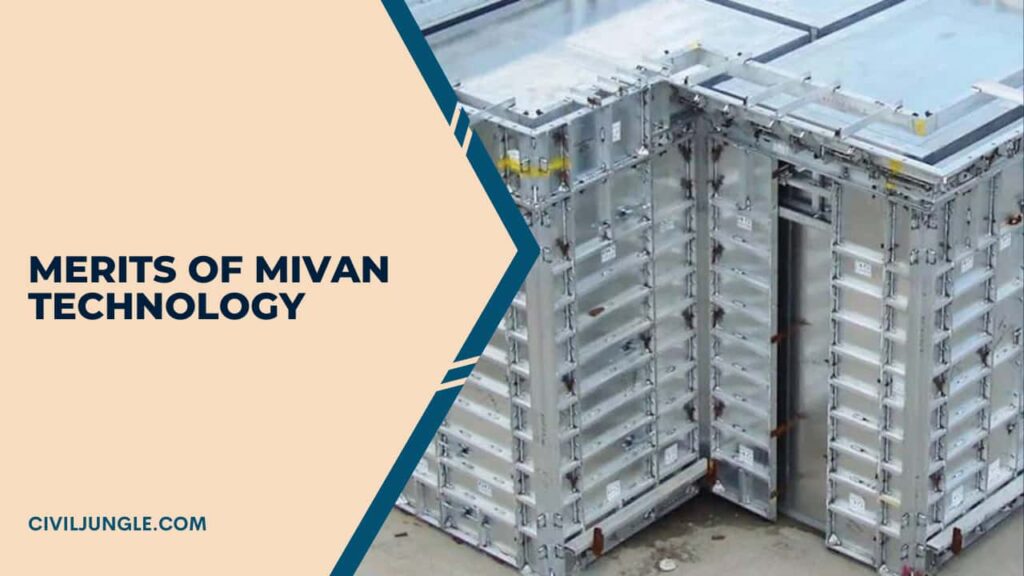
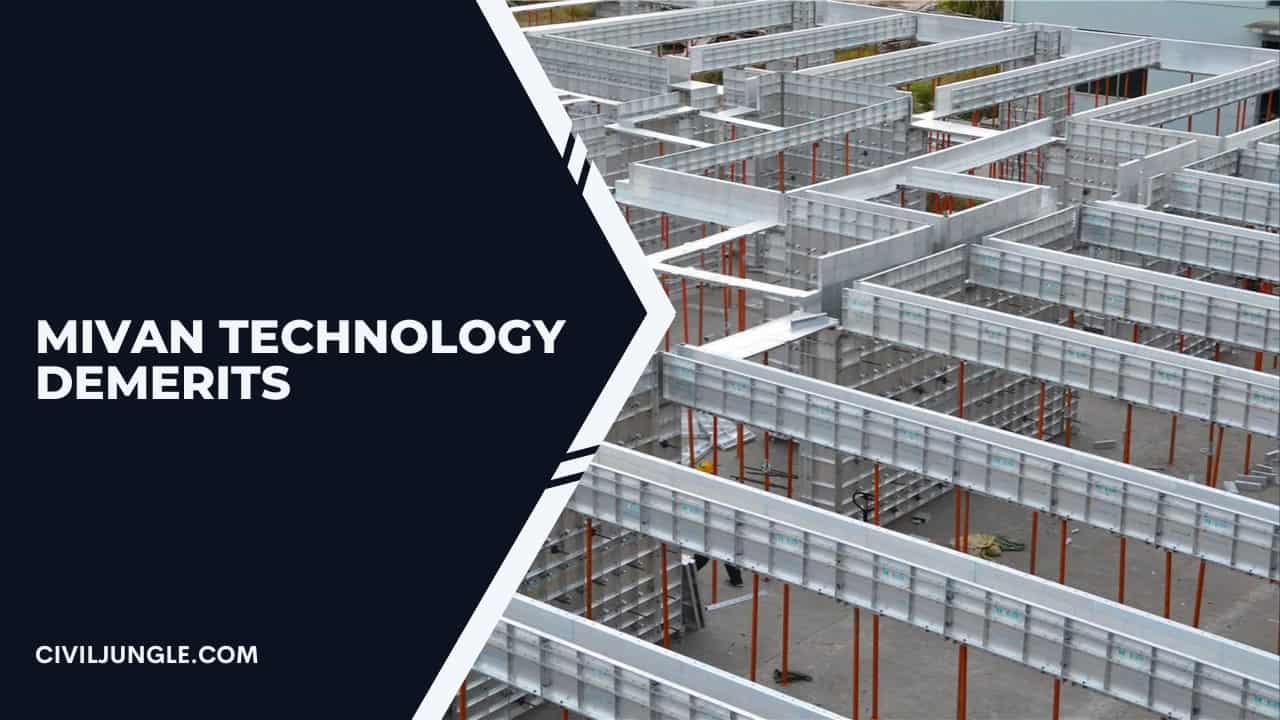

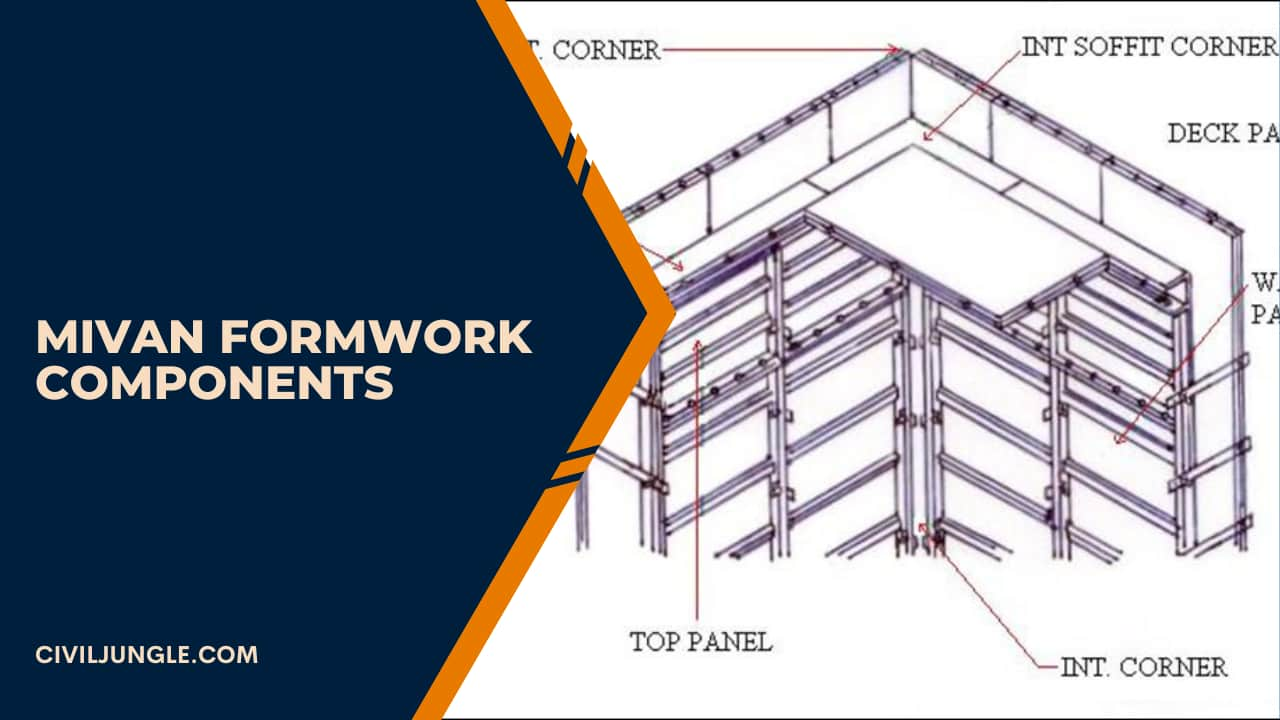
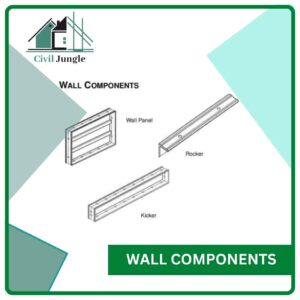
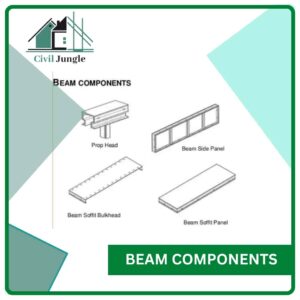
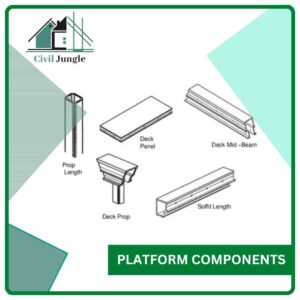
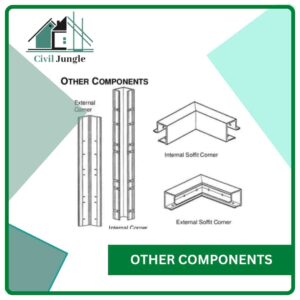
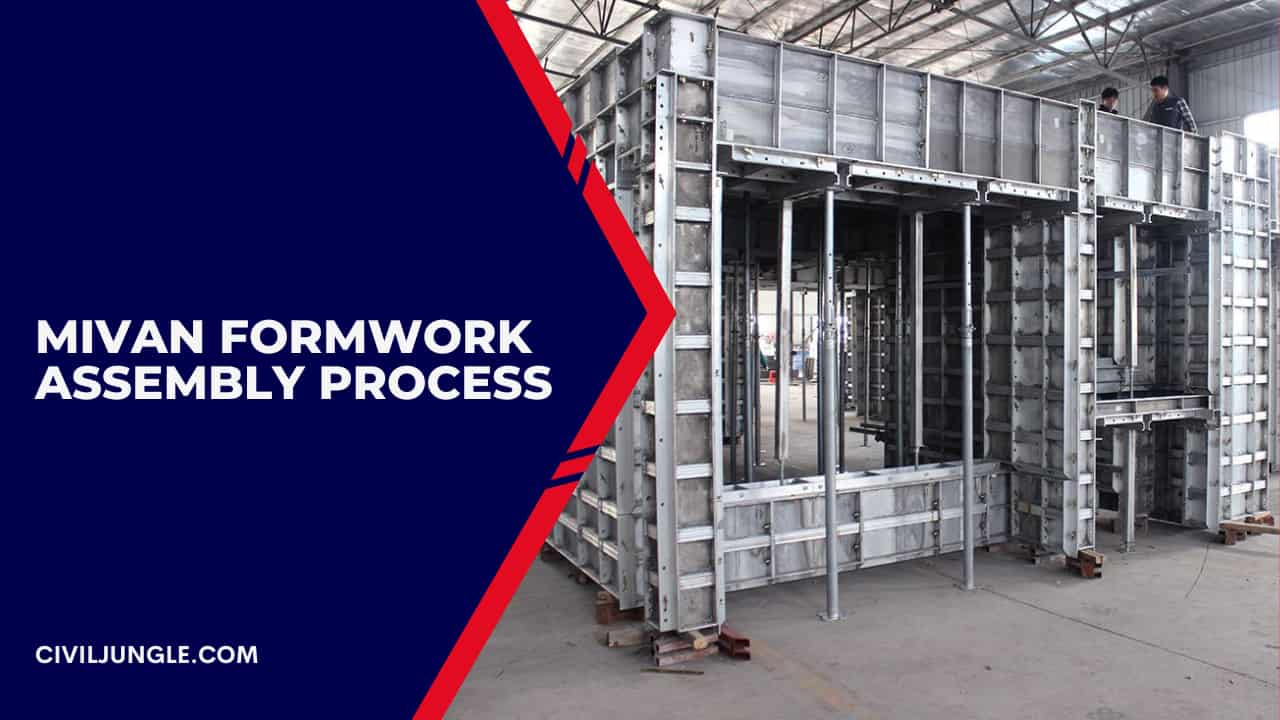
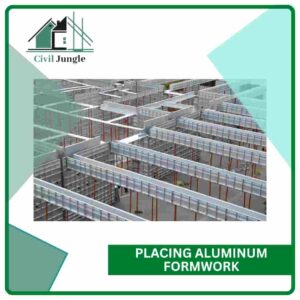
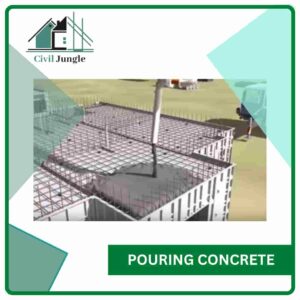
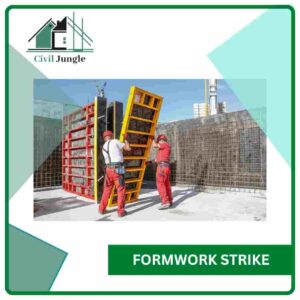
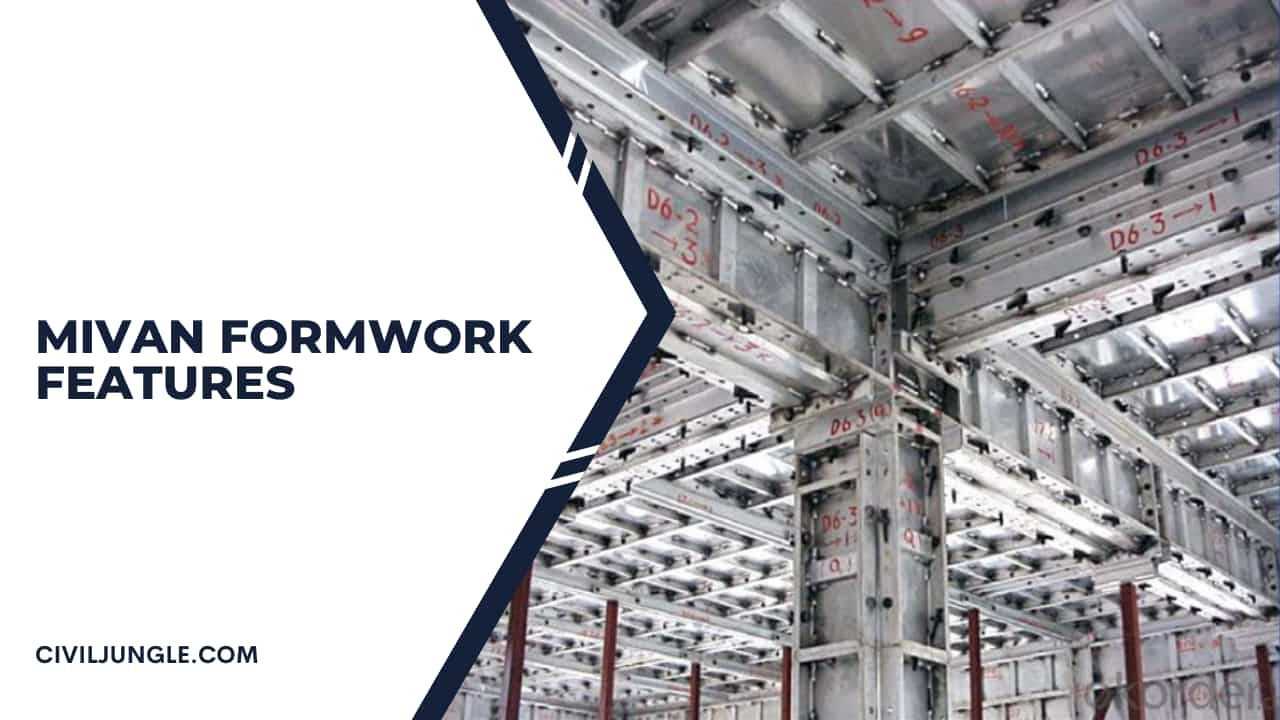

Leave a Reply